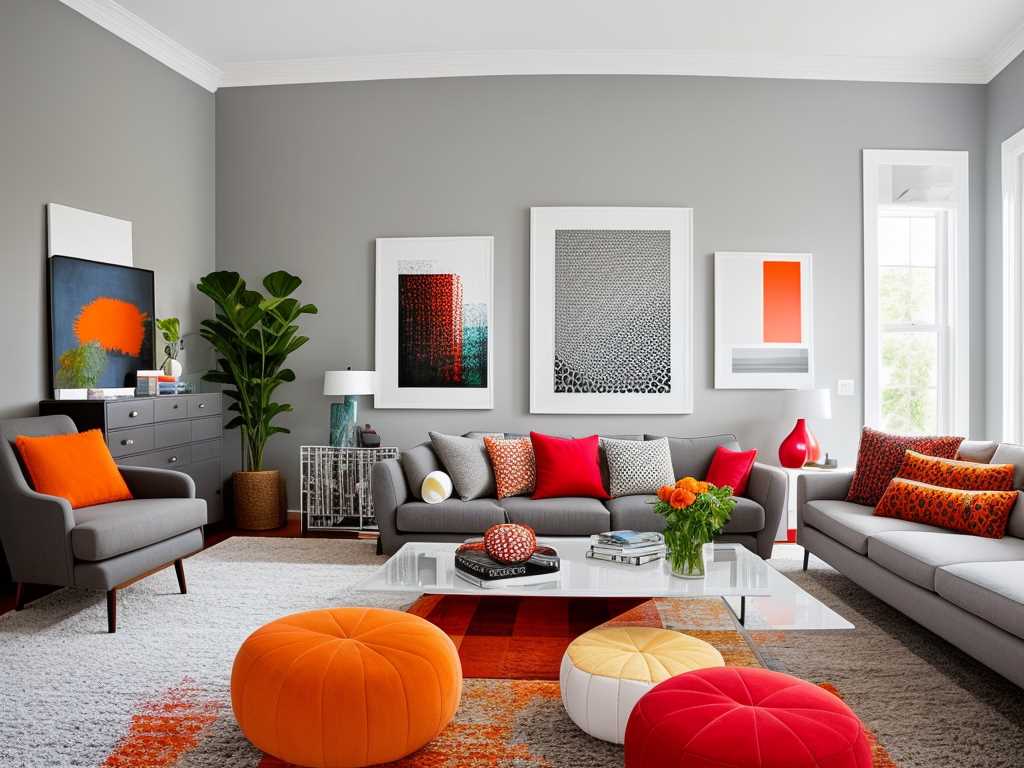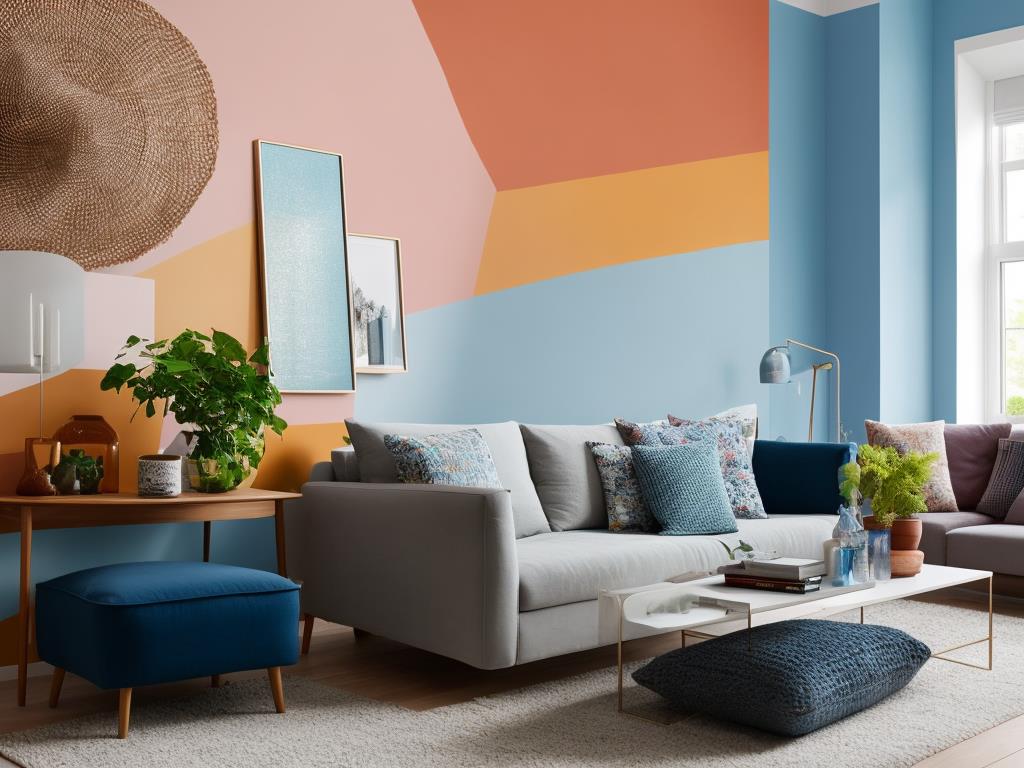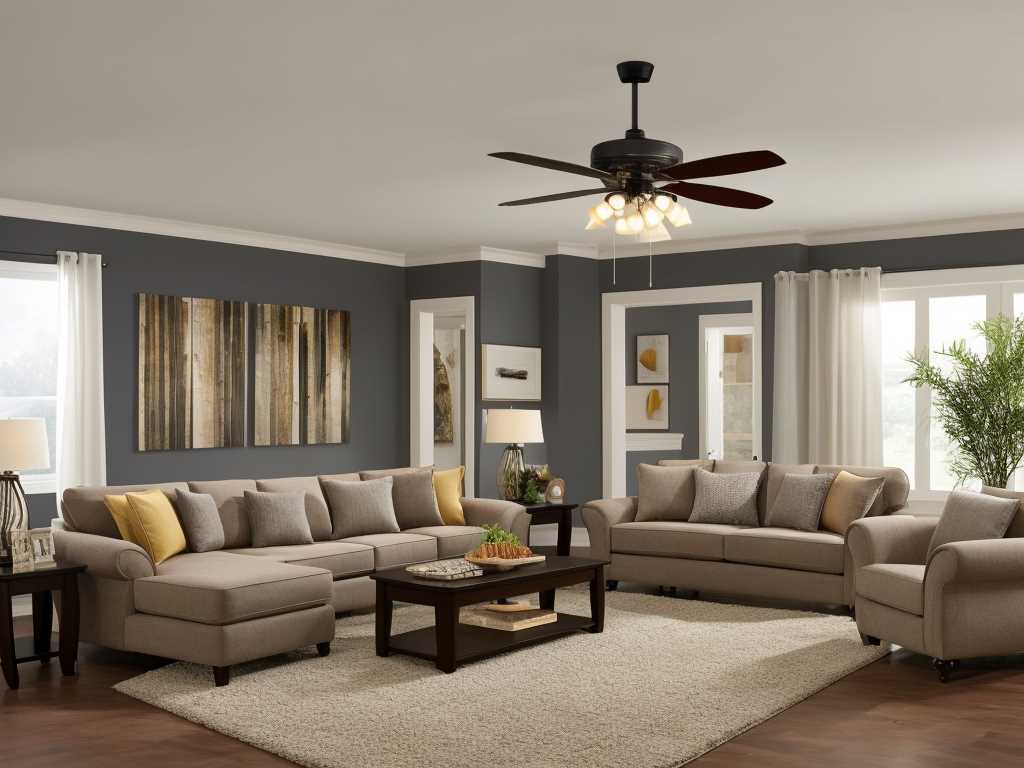
A small living room can feel cramped and cluttered if not organized properly. However, with a few smart organizing tips, you can create a functional and stylish space that feels much larger than it actually is. Here are some proven methods to help you organize your small living room.
1. Declutter
The first step to organizing a small living room is to get rid of unnecessary items. Start by clearing everything out of the room and sorting through each item individually. Decide which items you want to keep, donate, or toss. Be ruthless in your decluttering process and only keep things that serve a purpose or bring you joy.
2. Use multifunctional furniture
When it comes to furnishing a small living room, it's essential to choose pieces that serve multiple purposes. For example, a coffee table with hidden storage can serve as a place to store blankets, magazines, and other items, while also providing a surface to place drinks and snacks. A sofa bed is another great option that can double as a guest bed when needed.
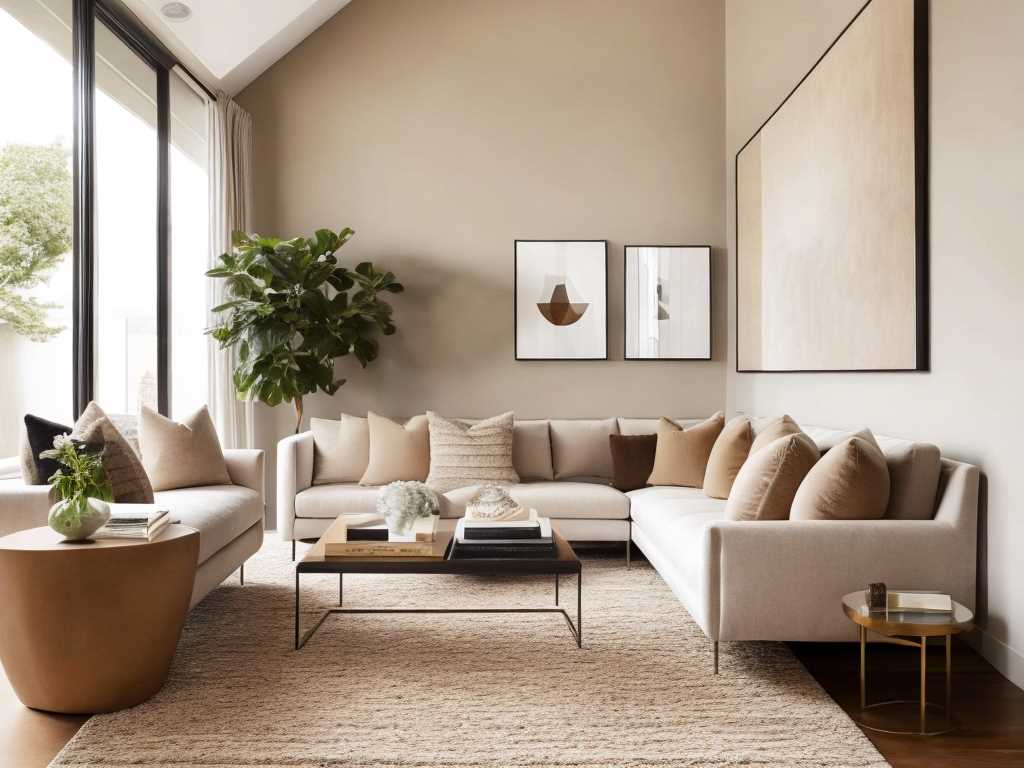
3. Create zones
Creating zones in a small living room can help you maximize the available space. Divide the room into different areas for different activities, such as a seating area for watching TV, a reading nook, and a workspace. Use rugs, furniture, and lighting to create distinct zones and make the room feel larger.
4. Utilize vertical space
In a small living room, it's essential to make use of vertical space. Install shelves or bookcases on the walls to store books, decorative objects, and other items. Hang curtains higher than the windows to create the illusion of taller ceilings. Use wall-mounted lighting instead of floor lamps to free up floor space.
5. Keep it simple

When it comes to decorating a small living room, less is often more. Stick to a simple color palette and avoid adding too many decorative elements that can clutter the space. Choose a few statement pieces, such as a bold rug or an eye-catching piece of artwork, to add visual interest without overwhelming the room.
6. Invest in storage solutions
Storage solutions are essential for keeping a small living room organized. Look for furniture pieces that offer hidden storage, such as ottomans or benches with lift-up tops. Use decorative baskets or boxes to store smaller items such as remotes, magazines, and toys. Install floating shelves or a wall-mounted unit to create additional storage space.
7. Get creative with seating
In a small living room, traditional seating options such as a sofa and armchairs may not be practical. Instead, consider using floor cushions or poufs that can be easily moved around the room as needed. A bench or a window seat can also provide additional seating while also serving as storage space.
8. Scale down
When choosing furniture for a small living room, it's essential to scale down. Opt for smaller pieces that won't overwhelm the space. For example, choose a loveseat instead of a full-sized sofa or a compact accent chair instead of a bulky recliner. Use a round coffee table instead of a rectangular one to free up floor space.
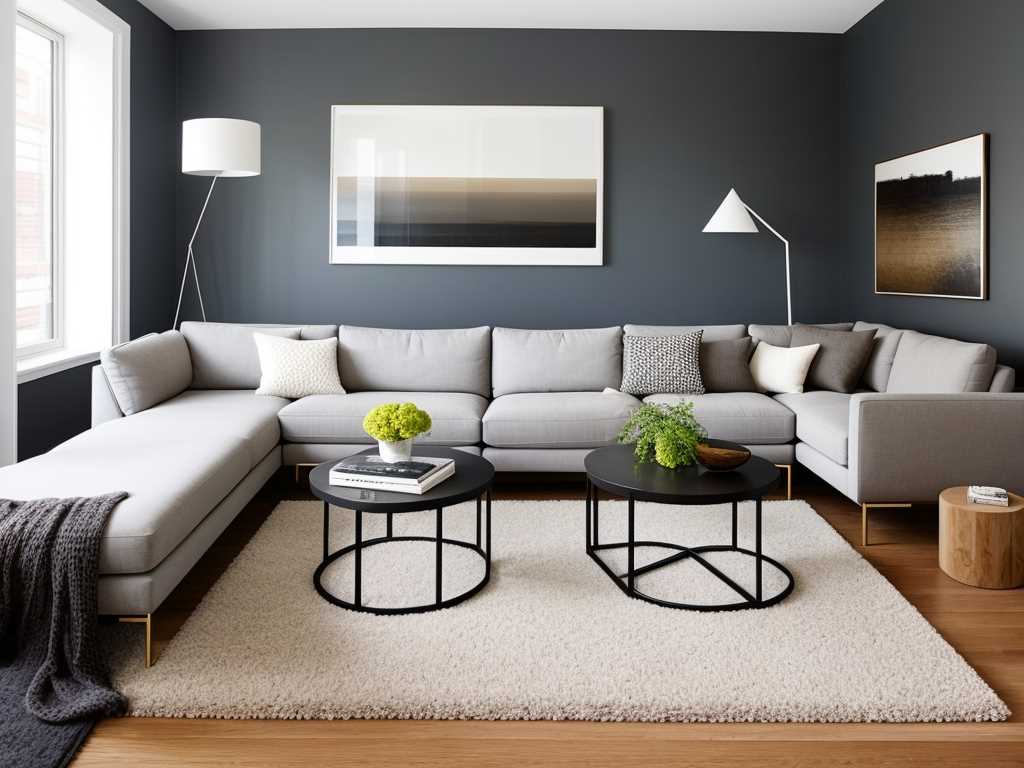
9. Use mirrors
Mirrors are a great way to make a small living room feel larger. Hang a large mirror on one of the walls to reflect light and create the illusion of more space. You can also use multiple smaller mirrors arranged in a gallery wall to add visual interest and create the illusion of depth.
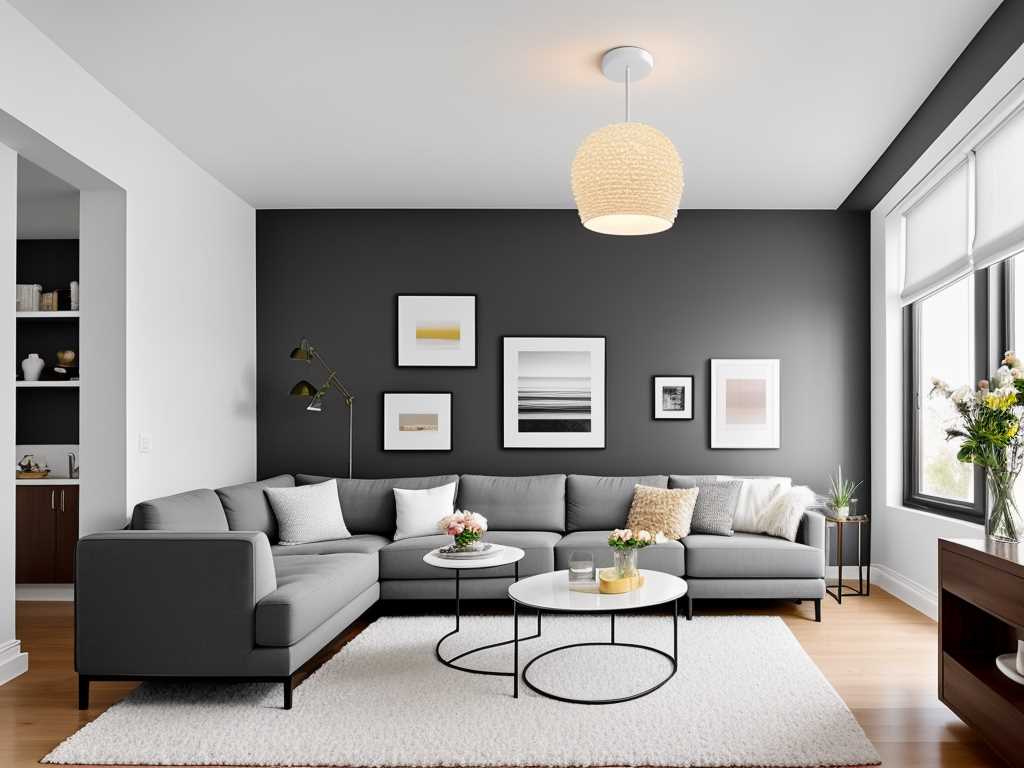
10. Keep it organized
The key to maintaining an organized small living room is to stay on top of clutter. Make it a habit to put things away when you're done using them and avoid letting items pile up on surfaces. Regularly declutter and donate items that are no longer needed to keep the space feeling open and uncluttered.
Organizing a small living room requires a bit of creativity and a willingness to let go of unnecessary items. By using multifunctional furniture, creating zones, utilizing vertical space, and staying organized, you can transform your small living room into a functional and stylish space that feels much larger than it actually is.
